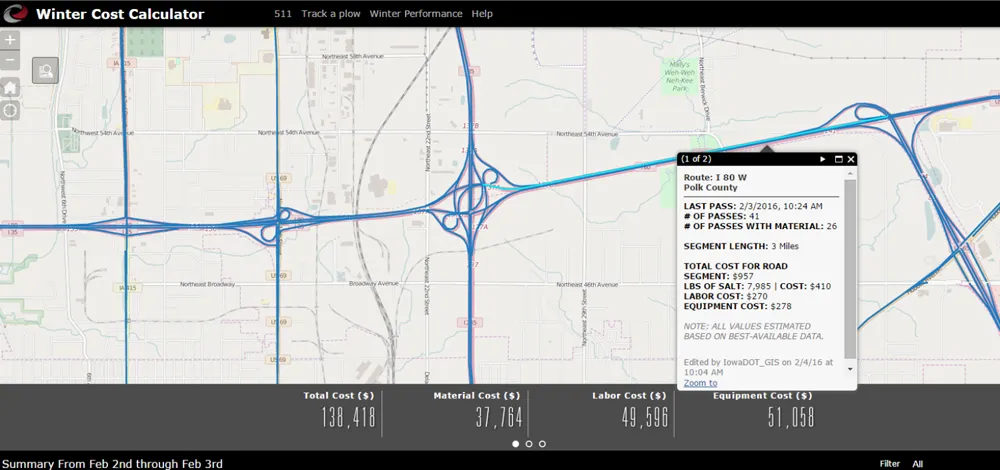Dutch technology company Nedap continues to invest in technology and has announced the latest additions to its Sensit wireless parking sensor technology with Sensit 2G which includes the Sensit flush mount sensor, the Sensit relay node, new Sensit integration software and a free Sensit administration app.
The durable Sensit flush mount sensor is installed fully flush with the road surface. The sensor operates accurately in all city circumstances and weather conditions, even snow and frost.
The wirel
March 24, 2014
Read time: 2 mins
Dutch technology company 3838 Nedap continues to invest in technology and has announced the latest additions to its Sensit wireless parking sensor technology with Sensit 2G which includes the Sensit flush mount sensor, the Sensit relay node, new Sensit integration software and a free Sensit administration app.
The durable Sensit flush mount sensor is installed fully flush with the road surface. The sensor operates accurately in all city circumstances and weather conditions, even snow and frost.
The wireless Sensit relay node has an expanded communication range and optimises data communication in city environments. The 2G repeater ensures a faster and more robust communication network.
The newest version (1.4) of software for easy integration and basic administration of Sensit will be released at70 Intertraffic. It allows for more flexible, scalable and easy integration with third party systems. The software has a completely new user interface, developed to ensure fast deployment and easy setup of large scale sensor networks. Its performance dashboard provides system administrators with a single overview of the status of all components in the wireless sensor network.
Nedap says it is the first wireless parking sensor provider to launch a smartphone app for administrators of the wireless parking detection system. The app provides a clear overview of the real-time status of everything that is happening on the Sensit platform, enabling easy monitoring of bay occupancy, sensor status, over-stay violations and parking violations. The app is available for493 Apple and 1812 Android Mobile Devices and is free of charge.
The durable Sensit flush mount sensor is installed fully flush with the road surface. The sensor operates accurately in all city circumstances and weather conditions, even snow and frost.
The wireless Sensit relay node has an expanded communication range and optimises data communication in city environments. The 2G repeater ensures a faster and more robust communication network.
The newest version (1.4) of software for easy integration and basic administration of Sensit will be released at
Nedap says it is the first wireless parking sensor provider to launch a smartphone app for administrators of the wireless parking detection system. The app provides a clear overview of the real-time status of everything that is happening on the Sensit platform, enabling easy monitoring of bay occupancy, sensor status, over-stay violations and parking violations. The app is available for









